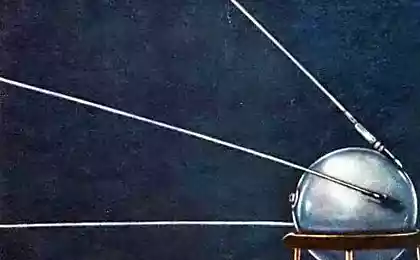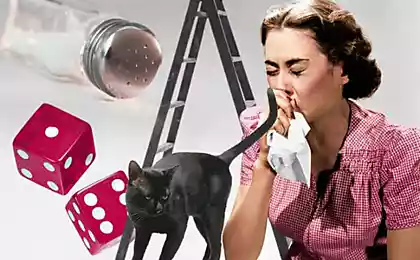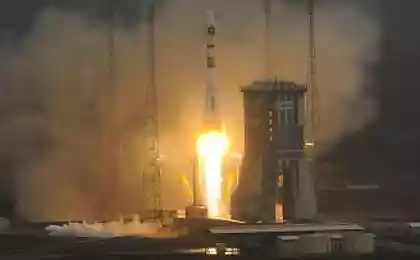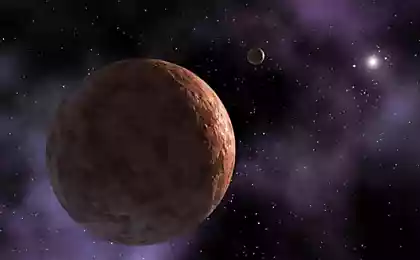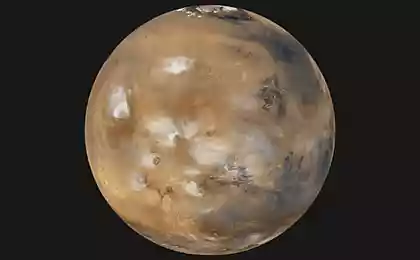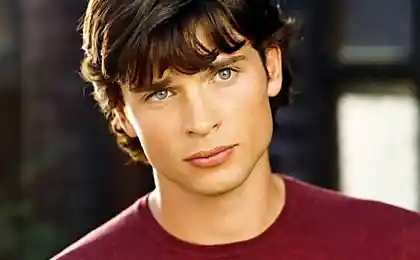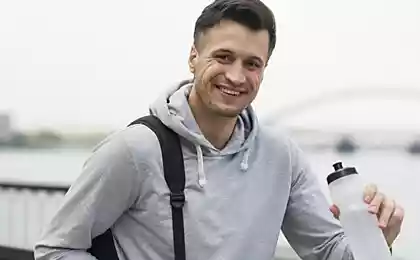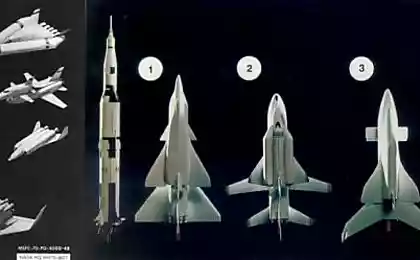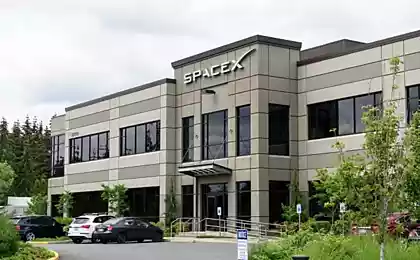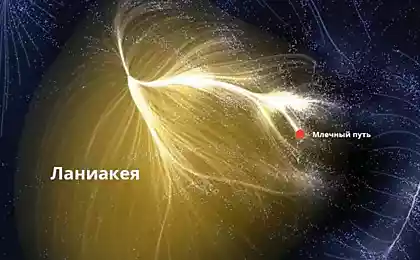1757
10 strangest moons of the Solar System (12 photos)
We offer you a selection of interesting facts about the satellites of the planets of the solar system.

1. Ganymede - a great companion

Ganymede - the largest moon of Jupiter and the entire solar system in general. It is so huge that it has its own magnetic field.
2. Miranda - ugly satellite

Miranda - the ugly duckling of the solar system. At first glance, it seems as if someone just blindly from pieces of the satellite and sent him spinning around Uranus. Miranda is one of the most diverse landscapes in the Solar System, with its steep mountain ranges, valleys - crowns and canyons, some of which is 12 times deeper than the Grand Canyon. If one such throw a stone, it reaches the bottom after 10 minutes only.
3. Callisto - a satellite with the largest number of craters
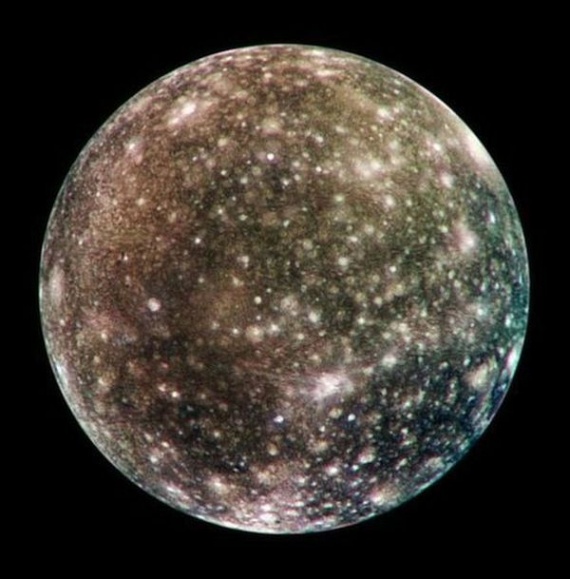
Callisto, Jupiter's moon, a pimply teenager solar system. Unlike other celestial bodies of the same size, Callisto has no geological activity which could protect its surface. Therefore, the satellite and is the "beaten." Craters on it so much that they began to be superimposed on one another, forming a whole ring within other craters.
4. Dactyl - satellite asteroid

Just a mile in width, Dactyl - the smallest moon of the solar system. The picture shows the asteroid Ida and Dactyl - it's just a small dot on the right. Dactyl is an amazing object because rotates around the planet, and around the asteroid. Previously, astronomers thought that the asteroid is too small to have satellites. And here and there.
5. Epimetheus and Janus - satellites, narrowly escaped a collision

Epimetheus and Janus - Saturn's moons, in which almost one orbit, perhaps because earlier they were one satellite. But here's the thing: every 4 years, they change places with the near-collision.
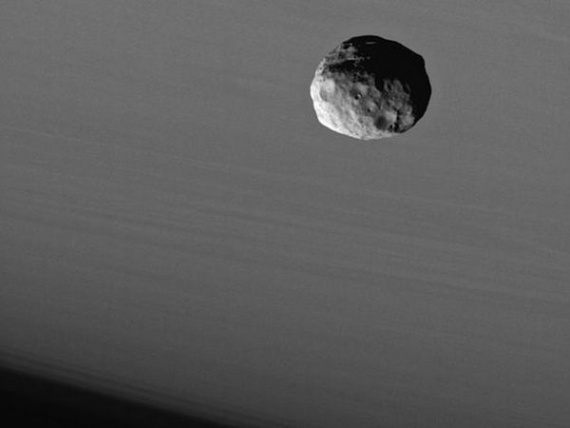
6. Enceladus - the carrier ring

Enceladus - one of the major inner satellites of Saturn. Also, it is one of objects reflecting nearly 100% of light. The surface is covered with geysers of Enceladus is ejected into space particles of dust and ice that are the source of the ring "E" of Saturn.
7. Triton - from ice volcanoes
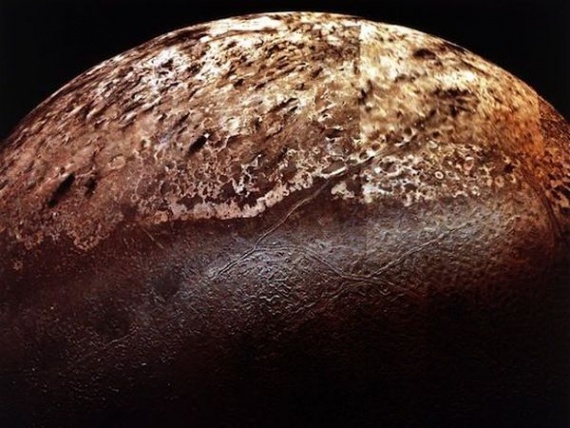
Triton - the largest moon of Neptune. It is also the only moon of the Solar System, orbiting their planet from rotating in the opposite side of the planet. Triton is volcanically active. But if other volcanoes spew lava spewing volcanoes on Triton water and ammonia, which freezes on the surface.
8. Europe - with large oceans

Europe, another satellite of Jupiter, has one of the flat surfaces in the solar system. That's because the entire moon is one continuous ocean of water beneath the ice. But this water exists only because of the tidal heating of Jupiter. In this ocean water is 2-3 times greater than in the world.
9. Io - volcanic hell
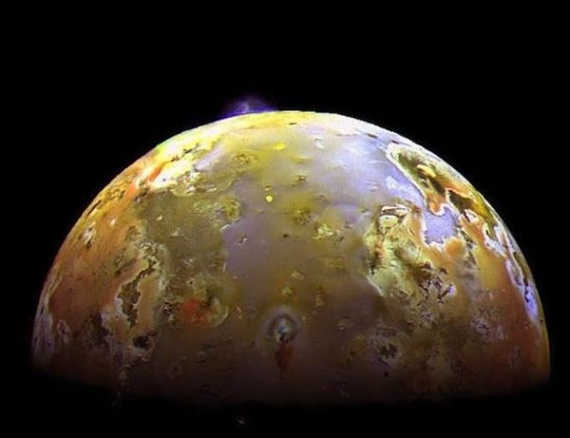
Due to the enormous friction force of Jupiter, Io's volcanic activity occurs constantly. This satellite recalls Mordor from "The Lord of the Rings." In fact, the entire surface of Io is covered with volcanoes and eruptions occur so often that the "Voyager" was able to remove the process (red spots on the picture). Io no crater as lava fills and smoothes the surface of most of the satellite.
10. Titan - home away from home

Titanium - the strangest moon of the solar system. He only has a dense atmosphere (denser than on Earth), and what lies beneath the opaque clouds remained a mystery for a long time. Titanium atmosphere based on the nitrogen as in the world, but contains other gases such as methane. If the density is high enough methane on Titan, methane can go rain. The existence of a large bright spots on the surface of the satellite suggests that on the surface may be liquid sea, which certainly consist of methane. It may take a long time, but Titan - one of the most suitable places to find zhizni.Istochnik:

1. Ganymede - a great companion

Ganymede - the largest moon of Jupiter and the entire solar system in general. It is so huge that it has its own magnetic field.
2. Miranda - ugly satellite

Miranda - the ugly duckling of the solar system. At first glance, it seems as if someone just blindly from pieces of the satellite and sent him spinning around Uranus. Miranda is one of the most diverse landscapes in the Solar System, with its steep mountain ranges, valleys - crowns and canyons, some of which is 12 times deeper than the Grand Canyon. If one such throw a stone, it reaches the bottom after 10 minutes only.
3. Callisto - a satellite with the largest number of craters

Callisto, Jupiter's moon, a pimply teenager solar system. Unlike other celestial bodies of the same size, Callisto has no geological activity which could protect its surface. Therefore, the satellite and is the "beaten." Craters on it so much that they began to be superimposed on one another, forming a whole ring within other craters.
4. Dactyl - satellite asteroid

Just a mile in width, Dactyl - the smallest moon of the solar system. The picture shows the asteroid Ida and Dactyl - it's just a small dot on the right. Dactyl is an amazing object because rotates around the planet, and around the asteroid. Previously, astronomers thought that the asteroid is too small to have satellites. And here and there.
5. Epimetheus and Janus - satellites, narrowly escaped a collision

Epimetheus and Janus - Saturn's moons, in which almost one orbit, perhaps because earlier they were one satellite. But here's the thing: every 4 years, they change places with the near-collision.

6. Enceladus - the carrier ring

Enceladus - one of the major inner satellites of Saturn. Also, it is one of objects reflecting nearly 100% of light. The surface is covered with geysers of Enceladus is ejected into space particles of dust and ice that are the source of the ring "E" of Saturn.
7. Triton - from ice volcanoes

Triton - the largest moon of Neptune. It is also the only moon of the Solar System, orbiting their planet from rotating in the opposite side of the planet. Triton is volcanically active. But if other volcanoes spew lava spewing volcanoes on Triton water and ammonia, which freezes on the surface.
8. Europe - with large oceans

Europe, another satellite of Jupiter, has one of the flat surfaces in the solar system. That's because the entire moon is one continuous ocean of water beneath the ice. But this water exists only because of the tidal heating of Jupiter. In this ocean water is 2-3 times greater than in the world.
9. Io - volcanic hell

Due to the enormous friction force of Jupiter, Io's volcanic activity occurs constantly. This satellite recalls Mordor from "The Lord of the Rings." In fact, the entire surface of Io is covered with volcanoes and eruptions occur so often that the "Voyager" was able to remove the process (red spots on the picture). Io no crater as lava fills and smoothes the surface of most of the satellite.
10. Titan - home away from home

Titanium - the strangest moon of the solar system. He only has a dense atmosphere (denser than on Earth), and what lies beneath the opaque clouds remained a mystery for a long time. Titanium atmosphere based on the nitrogen as in the world, but contains other gases such as methane. If the density is high enough methane on Titan, methane can go rain. The existence of a large bright spots on the surface of the satellite suggests that on the surface may be liquid sea, which certainly consist of methane. It may take a long time, but Titan - one of the most suitable places to find zhizni.Istochnik:
